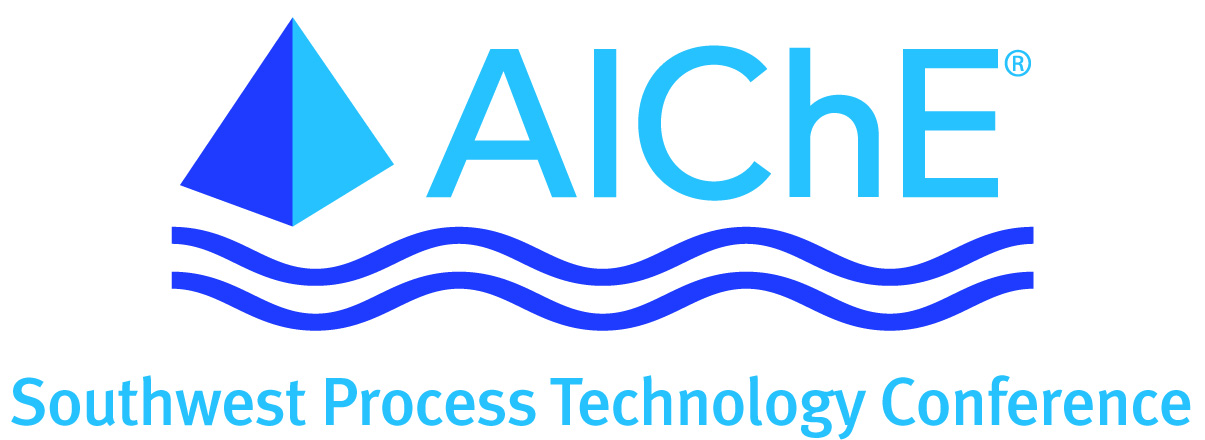

Environmental regulators in many countries are systematically imposing ever stricter SO2 emissions limits on Refinery Fluid Catalyst Cracking Units. SO2 emissions regulations in the United States have nearly run their course with refiners in the Los Angeles Basin soon being required to operate at less than five ppm. Several other countries are just now beginning to impose SOx emissions standards on refiners operating FCC units. These operators have the opportunity to take advantage of the lessons learned by those refiners already meeting such standards.
There is now a large body of operating know-how in the area of FCC regenerator operations related to SOx emissions. This knowledge has been assembled into a set of Best Practices for controlling SOx emissions. These best practices provide practical guidelines for refiners requiring a modest trimming of their emissions to those targeting the ultralow standards of near complete elimination. Variable effects influencing SO2 will be discussed in both full and partial burn FCCs. This paper will also provide recommendations related to optimizing regenerator performance for maximum SOx-reducing additive efficiency.
Presenter(s)
Once the content has been viewed and you have attested to it, you will be able to download and print a certificate for PDH credits.
If you have already viewed this content,
please click here
to login.
